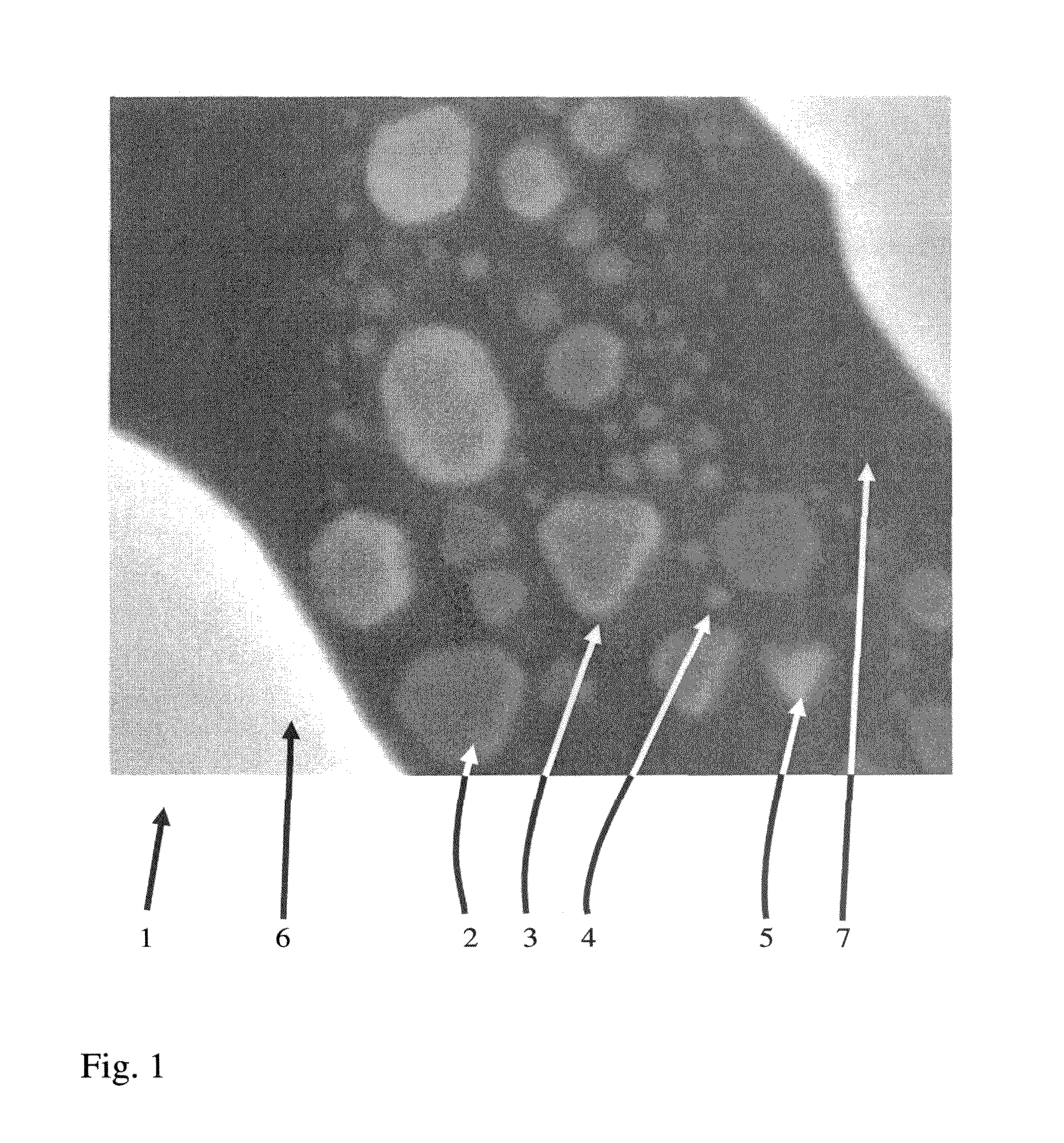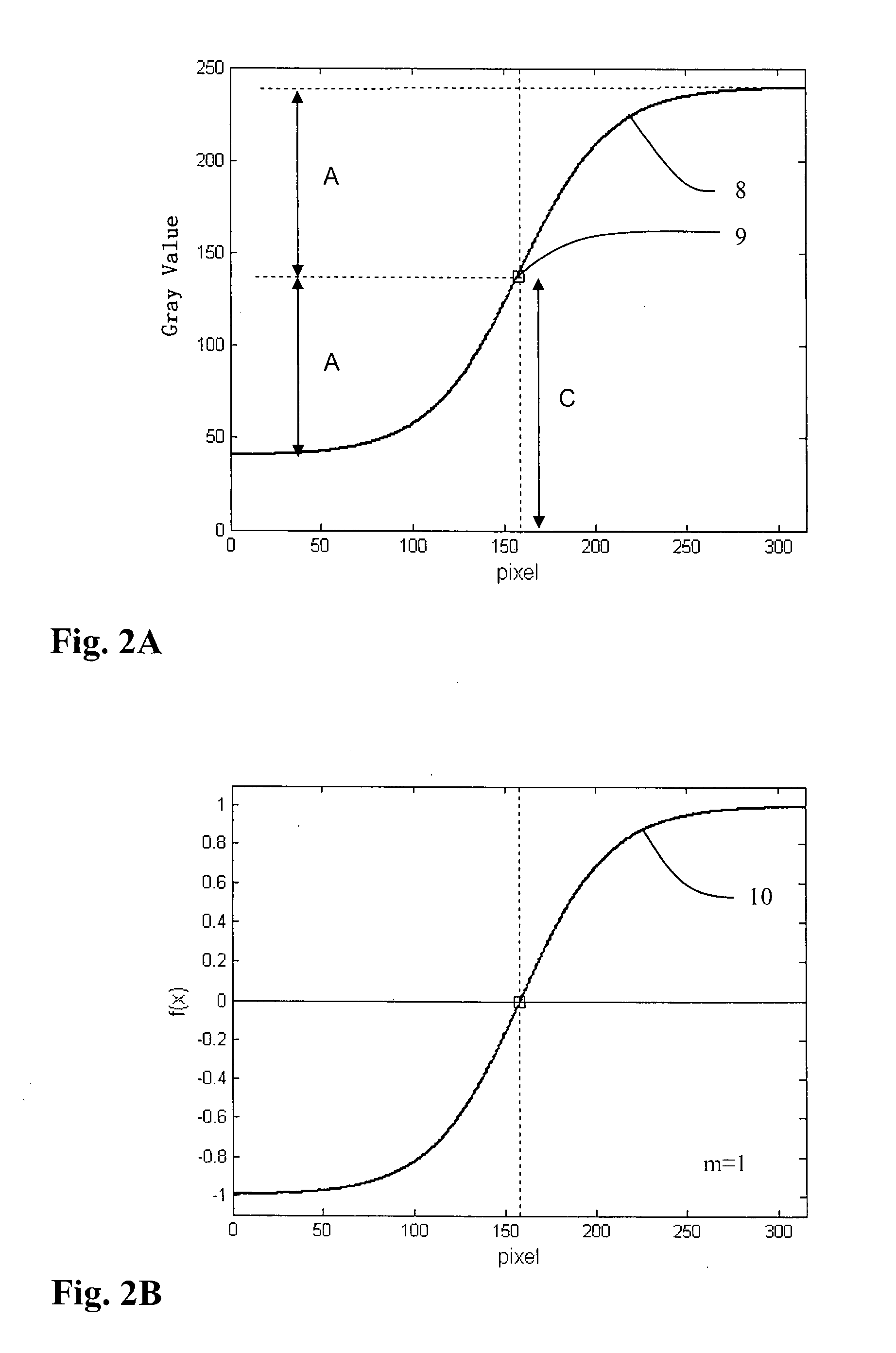Method for processing a digital gray value image
a gray value and image technology, applied in image enhancement, image analysis, instruments, etc., can solve the problems of deterioration of image resolution and reduced noise, and achieve the effect of reducing image noise and higher image sharpness
- Summary
- Abstract
- Description
- Claims
- Application Information
AI Technical Summary
Benefits of technology
Problems solved by technology
Method used
Image
Examples
Embodiment Construction
[0036] A raster electron microscope 100 having a monitor 110 is shown in FIG. 15. The monitor can display a gray value image. The raster electron microscope 100 includes an electron source 101 which can emit an electron beam 102 which is focused by electromagnetic lenses 103 and 104. After passing an aperture diaphragm 105, the electron beam is deflected by deflecting coils 106 onto a specimen 107, which is to be investigated, and is passed linearly in a raster manner over the surface of the specimen. When the electron beam impinges upon the specimen, secondary electrons are, inter alia, liberated and these secondary electrons are detected by a detector 108. The signals of the detector are conducted to a downstream amplifier 109 to which the monitor 110 is coupled and with which a gray value image can be displayed.
[0037] In FIG. 1, a digital gray value image 1 is shown which is recorded with a raster electron microscope (see step S1 in the flow diagram of FIG. 13A). The digital gra...
PUM
 Login to View More
Login to View More Abstract
Description
Claims
Application Information
 Login to View More
Login to View More - R&D
- Intellectual Property
- Life Sciences
- Materials
- Tech Scout
- Unparalleled Data Quality
- Higher Quality Content
- 60% Fewer Hallucinations
Browse by: Latest US Patents, China's latest patents, Technical Efficacy Thesaurus, Application Domain, Technology Topic, Popular Technical Reports.
© 2025 PatSnap. All rights reserved.Legal|Privacy policy|Modern Slavery Act Transparency Statement|Sitemap|About US| Contact US: help@patsnap.com



